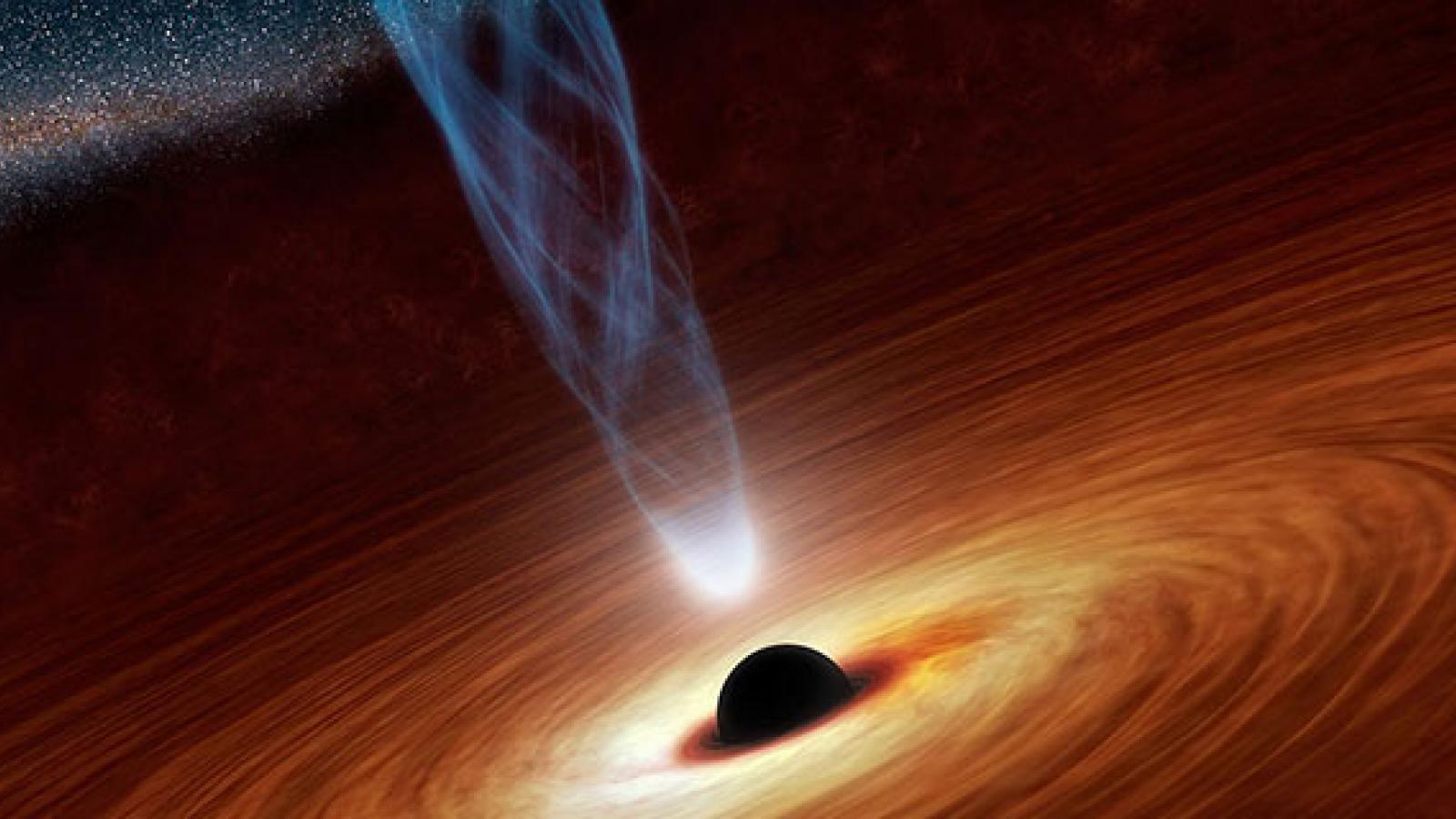What are gravity's darkest secrets?
What would happen if you fell into a black hole?
What is the science behind movies like Interstellar?
Astronomy 1142, Black Holes, is a one-semester course on the nature, formation, and discovery of black holes in the universe. It is a General Education (GE) Physical Science course in the Natural Science category. The goals of courses in this category are for students to understand the principles, theories, and methods of modern science, the relationship between science and technology, the implications of scientific discoveries, and the potential of science and technology to address problems of the contemporary world.
Course Objectives
By the end of this course, students should successfully be able to:
- Understand the basic facts, principles, theories, and methods of modern science.
- Understand key events in the development of science and recognize that science is an evolving body of knowledge.
- Describe the interdependence of scientific and technological developments.
- Recognize social and philosophical implications of scientific discoveries and understand the potential of science and technology to address problems of the contemporary world.
Astronomy 1142 will meet these expected outcomes through these specific learning objectives:
- Qualitatively understand Newton's and Einstein's theories of gravity, space, and time, the similarities and differences between them, and the senses in which Einstein's theory has superseded Newton's.
- Understand how Einstein's theory leads to the prediction of the existence of black holes.
- Understand the interplay between gravity, pressure, and nuclear energy generation in governing the life cycle of stars, and of how and why the deaths of massive stars are expected to lead to the formation of black holes.
- Understand how astronomers discovered the rst empirical evidence for black holes and of how they have set out to demonstrate the existence of black holes as conclusively as possible.
- Understand why supermassive black holes are thought to be the central engines of quasars, the most luminous objects in the cosmos, and of the observational methods that are used to study quasars and the dormant black holes they have left behind in the centers of galaxies.
- Understand the ways that new observatories and new space missions currently under development might lead to deeper understanding of black holes.
This course attempts to convey a number of the facts that astronomers and astrophysicists have learned about these topics, to describe the outstanding scientific problems that are the focus of current research, to illustrate ways in which physical principles are used to understand the universe, and to show how scientific theories are developed and tested against observations.
Course Organization
This is a 3 credit hour course; each week, there will be 3 hours of lecture with occasional take-home assignments designed to explore some topics in more detail. For Arts and Sciences students in a Bachelor of Arts program, this course meets the Arts and Sciences GE requirement of a natural sciences course without a laboratory component.
Course Catalog Description
The nature, formation, and discovery of black holes in the Universe.
Prerequisites: ACT Math Subscore of 22 or higher, or Math Placement Level R or better, or Math 1050 (075), or permission of instructor. Not open to students with credit for 142.
This course is available for EM credit. GEL Natural Science: Physical Science course. NS Admis Cond course.

